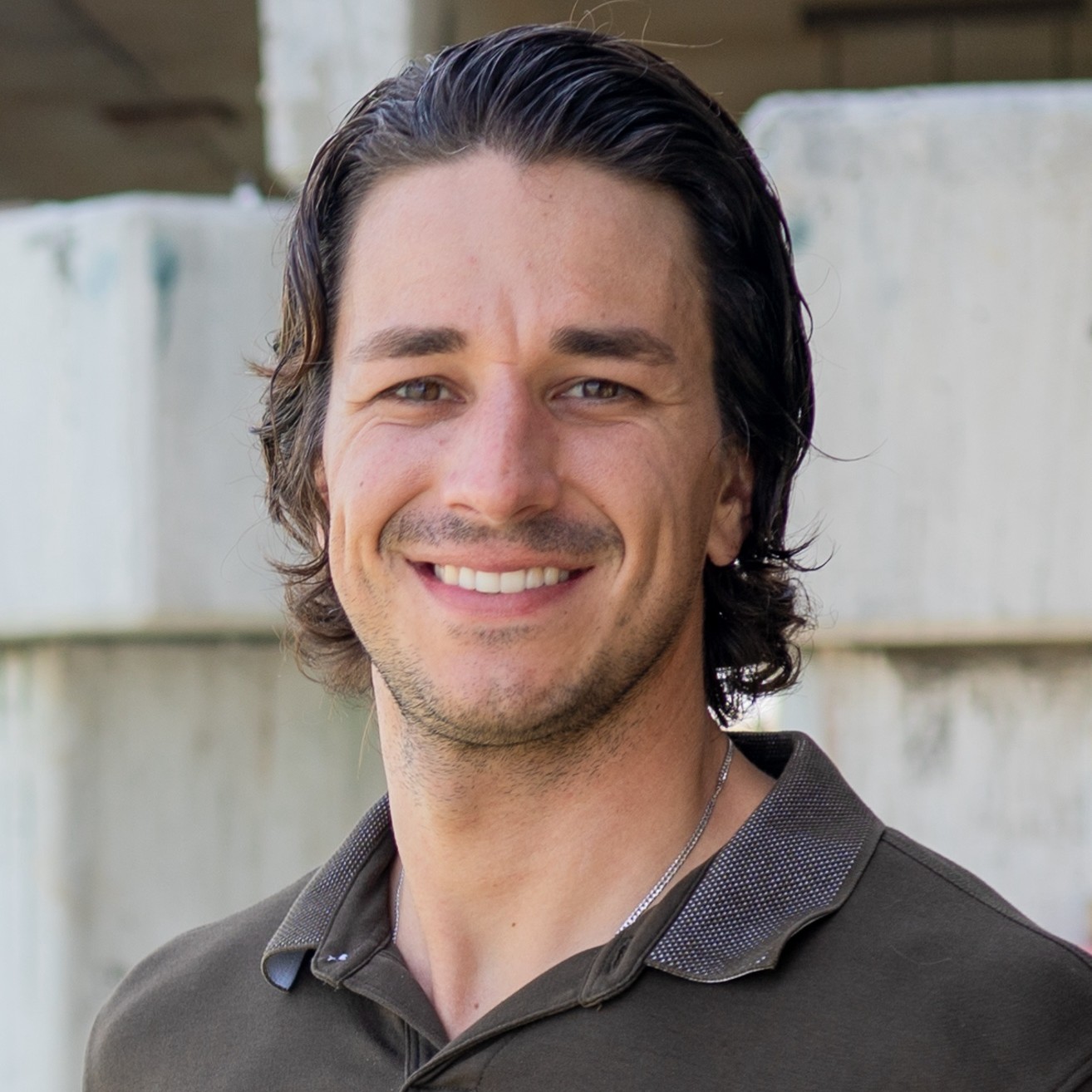About This Project
The importance of reef structural complexity for small organisms, such as cryptobenthic reef fish (CRFs), is poorly resolved. This project's objectives are to examine how variations in reef structure affect CRF communities using underwater photogrammetry and to use aerial imagery to scale-up the resolved relationship to the area of entire reefs. This will allow us to unveil how many hidden, but critically important, fishes a reef can hold solely by mapping the reef from the air.
Ask the Scientists
Join The DiscussionWhat is the context of this research?
Coral reefs are one of the most complex marine ecosystems. However, human impacts have flattened reefs worldwide, dramatically changing the environment for thousands of species living on reefs. Tiny, benthic-associated (‘cryptobenthic’) fishes (CRFs) are critical for feeding larger reef animals, but rely on nooks and crannies that complex reefs provide. Yet, the relationship between reef complexity and CRFs, and how that relationship scales across entire reefs, are unknown. By combining cutting-edge high-resolution technologies (structure-from-motion photogrammetry and remote sensing) with collections of CRFs, we can 1) examine how reef structure shapes CRFs and 2) potentially characterize structural complexity and CRF communities on an entire reef system from a single drone flight.
What is the significance of this project?
This study will advance the understanding of reef function by revealing how reef structures affect CRFs, which are often overlooked in survey methods. Specifically, the project may help us develop a broader theory regarding how the nature of space provided by corals affects small, mobile fishes. What shapes these communities affects the larger fishes that support human populations throughout the Indo-Pacific. Remote sensing is a powerful tool, yet by combining it with workflow of structure-from-motion (SfM) photogrammetry, it may be possible to characterize reef structural complexity of an entire reef system by diving on a fraction of the reef. This not only allows for the ease of monitoring reef health over large areas but also for predicting spatial distribution of reef fish communities.
What are the goals of the project?
Funds will be used on equipment and materials needed for fieldwork on Lizard Island reefs which will occur Jan-Feb 2025. With a scientific dive team, my objectives are to: 1) analyze spatial variation in reef complexity (rugosity, surface height, fractal dimension) using SfM photogrammetry for small 5m2 reef patches using Agisoft Metashape and HABtools (R Package); 2) determine CRF abundance and diversity from enclosed-clove oil stations on the same patches; 3) obtain fine-scale aerial imagery to create high-resolution reconstructions of the entire reef using a DJI drone. Using a quantitative color analysis and structural complexity metrics, I will characterize the benthic microhabitats, quantify CRFs to a subset of small reef patches, and then test the predictions to in situ measurements.
Budget
Existing funding from the NSF GRFP is supporting my student stipend and tuition. Additionally, station bench fees and transportation will be covered by a Lizard Island Doctoral Fellowship I was awarded. I also have the equipment necessary for the underwater photogrammetry portion of this project. I am requesting funds to cover materials needed for capturing aerial imagery and the chemicals to collect cryptobenthic fish. Additionally, I am requesting funds to support materials needed for educational outreach activities for K-12 groups. Creating an opportunity to show the importance of structural complexity to the reef biodiversity, functioning, and services is a goal of this project. We will achieve this by displaying our 3D reconstructions on a small device strapped into cardboard virtual reality glasses. This unique activity will feature immersive experiences derived from this research to allow students, teachers, or the general public to dive into coral reefs in a safe environment.
Endorsed by
 Project Timeline
Project Timeline
This project has 3 stages: 1) data collection, 2) analysis/publication, and 3) outreach. I will conduct fieldwork around Lizard Island, Australia located on the Northern Great Barrier Reef. Necessary supplies will be purchased, tested in variable marine conditions, and training will be completed pre-fieldwork. Post-fieldwork, I will coordinate with local schools to have an immersive ecology lesson on the importance of coral reefs, methods of monitoring, and conservation/preservation strategies.
Jul 11, 2024
Project Launched
Nov 01, 2024
Design and test drone flight near home institution
Jan 06, 2025
Travel to Lizard Island Research Station (LIRS)
Feb 05, 2025
Aerial imagery obtained for the entire LIRS system at 50-meter altitude
Feb 13, 2025
Complete all cryptobenthic fish collections and processing
Meet the Team
Kyra Jean Cipolla
My Filipino ancestry and strong connection to the ocean are what define me. They motivate me to study, understand, and help conserve one of the most threatened ecosystems in the world: coral reefs. My PhD research topic examines the relationship between coral reef structural complexity, biodiversity, and functioning. I currently conduct fieldwork in two reef systems: Long Reef on the Belizean Barrier Reef and Lizard Island reefs, part of the Northern Great Barrier Reef. I am a PhD student at the University of Texas at Austin Marine Science Institute in the Fish and Functions Lab.
Project Backers
- 1Backers
- 109%Funded
- $5,000Total Donations
- $5,000.00Average Donation

